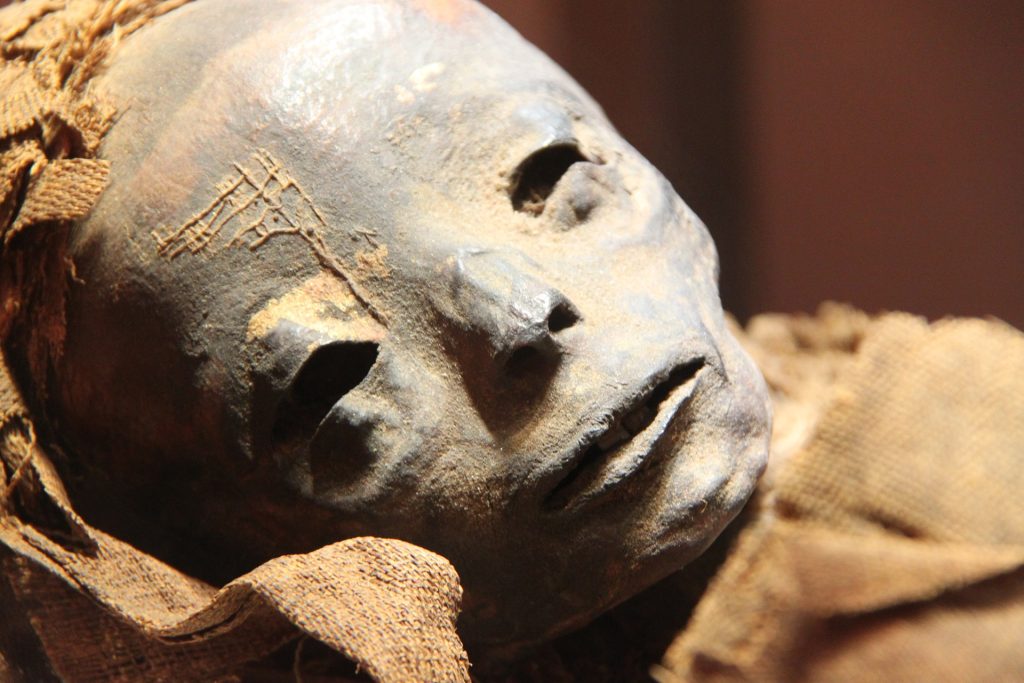Experts Advise Against Seeing Mummies In Museum, Here’s Why
A display of 19th-century mummies, which originated in Guanajuato, Mexico, may pose a danger to visitors due to a fungal infection that can be passed to humans.
This article is more than 2 years old

A display of 19th-century mummies, which originated in Guanajuato, Mexico, may pose a danger to visitors. According to the National Institute of Anthropology and History, the collection could be harboring a fungal infection that can be passed to humans. The federal institute worries that the current museum exhibition doesn’t safeguard the public against potential biohazards.
Still, local government officials decided to proceed with the exhibit, showcasing six encased mummies at a tourism fair in Mexico City. According to All That’s Interesting, it’s unclear if the glass cases are airtight. While the National Institute of Anthropology and History wasn’t consulted about the display, experts say at least one corpse shows signs of a “proliferation of possible fungus colonies.”
The assessment was made from photos, as the last time the institute was asked to examine the mummies was in November 2021. “This should all be carefully studied to see if these are signs of a risk for the cultural legacy, as well as for those who handle them and come to see them,” the institute told the Associated Press.
The Mummies of Guanajuato have been a macabre tourist attraction for years. Their story began in 1833 when a deadly cholera epidemic swept through the region. Due to the high death toll, the cemetery quickly ran out of space, and bodies were hurriedly buried in other areas. In the early 20th century, a law was passed that required families to pay a burial tax for their loved ones.
Some bodies for which the tax was not paid were disinterred, and some were stored in a nearby building. Many bodies were remarkably well-preserved during the exhumation, with skin, hair, and clothing still intact. It’s believed that the dry and cool climate of the region, combined with the high altitude, helped them naturally turn into mummies.
But the most fascinating aspect of the Mummies of Guanajuato is that many of them appear to have been buried alive. Some bodies were found with their hands raised as if trying to claw their way out of the coffin, while others have contorted facial expressions that suggest they died in agony. There are several theories about how it may have happened, with the most popular being a misdiagnosis of death.
The Mummies of Guanajuato have become a popular tourist attraction, with people from around the world visiting the eerie displays. However, there are also concerns about the ethics of displaying human remains for entertainment purposes. Some argue that it’s disrespectful to the deceased and their families, while others believe the mummies are important historical artifacts.
The health risk posed by the Guanajuato Mummies isn’t a first. According to IFLScience, the excavation of Egyptian pharaoh Tutankhamun may have released deadly spores into the air. More than 20 people involved in discovering his burial place died, with rumors of a curse being the cause. But experts believe a fungus called aspergillus may have been responsible.
Despite the dangers and ethical controversy, the Mummies of Guanajuato is a unique and fascinating part of Mexican history. Whether people see them as a gruesome curiosity or a valuable piece of cultural heritage, they provide a glimpse into a time when death was an ever-present reality.




